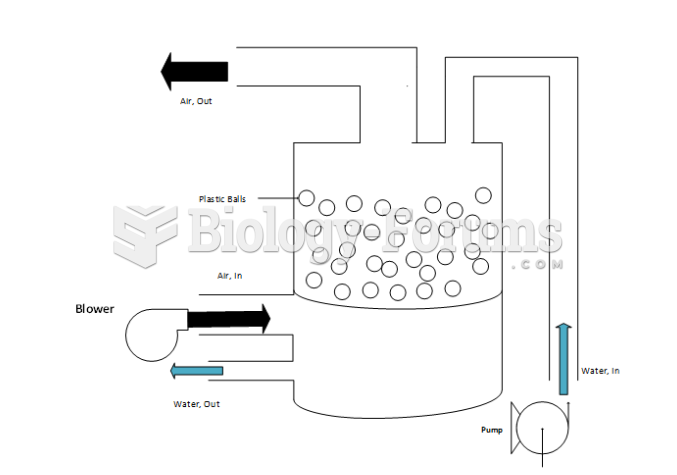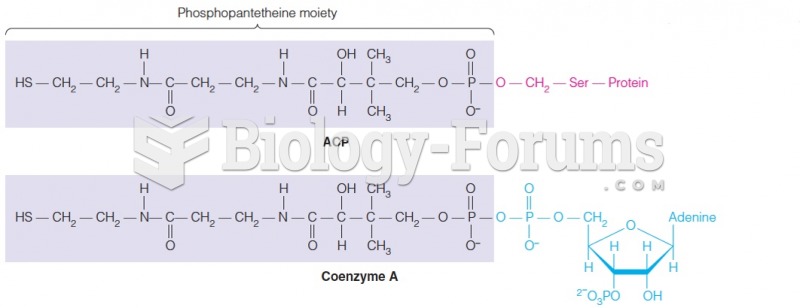Answer to Question 1
Correct Answer: 3
Rationale 1: Mucous plugs might form, but the primary issue is the bronchospasms, which are clamping down on the airway.
Rationale 2: The problem is above the level of the capillary bed.
Rationale 3: Allergic reactions can occur when a hypersensitive person is inadvertently exposed to an allergen, causing IgE antibodies to release histamine and other irritating substances. Bronchoconstriction quickly results.
Rationale 4: The problem is above the level of the capillary bed.
Global Rationale: Allergic reactions can occur when a hypersensitive person is inadvertently exposed to an allergen, causing IgE antibodies to release histamine and other irritating substances. Bronchoconstriction quickly results. Mucous plugs might form, but the primary issue is the bronchospasms, which are clamping down on the airway. The problem is above the level of the capillary bed.
Answer to Question 2
Correct Answer: 2
Rationale 1: The effects of corticosteroid therapy are distributed throughout the airway tree.
Rationale 2: Corticosteroids decrease inflammation, mucus production, and edema and reduce bronchial hyperresponsiveness to allergens.
Rationale 3: Corticosteroids alleviate the inflammatory components of asthma, including swelling and mucus. However, the bronchoconstriction will not resolve without a bronchodilator.
Rationale 4: The effects of corticosteroid therapy are distributed along the entire bronchial tree.
Global Rationale: Inhaled corticosteroids are the most effective drugs for the long-term control of asthma. Corticosteroids decrease inflammation of the airways by inhibiting the synthesis and release of inflammatory mediators, including histamine, leukotriene, cytokines, and prostaglandins. They also inhibit the number of circulating leukocytes and decrease vascular permeability. This results in diminished mucus production and edema, thus reducing airway obstruction. The effects of corticosteroid therapy are distributed throughout the airway tree. Corticosteroids alleviate the inflammatory components of asthma, including swelling and mucus. However, the bronchoconstriction will not resolve without a bronchodilator.







